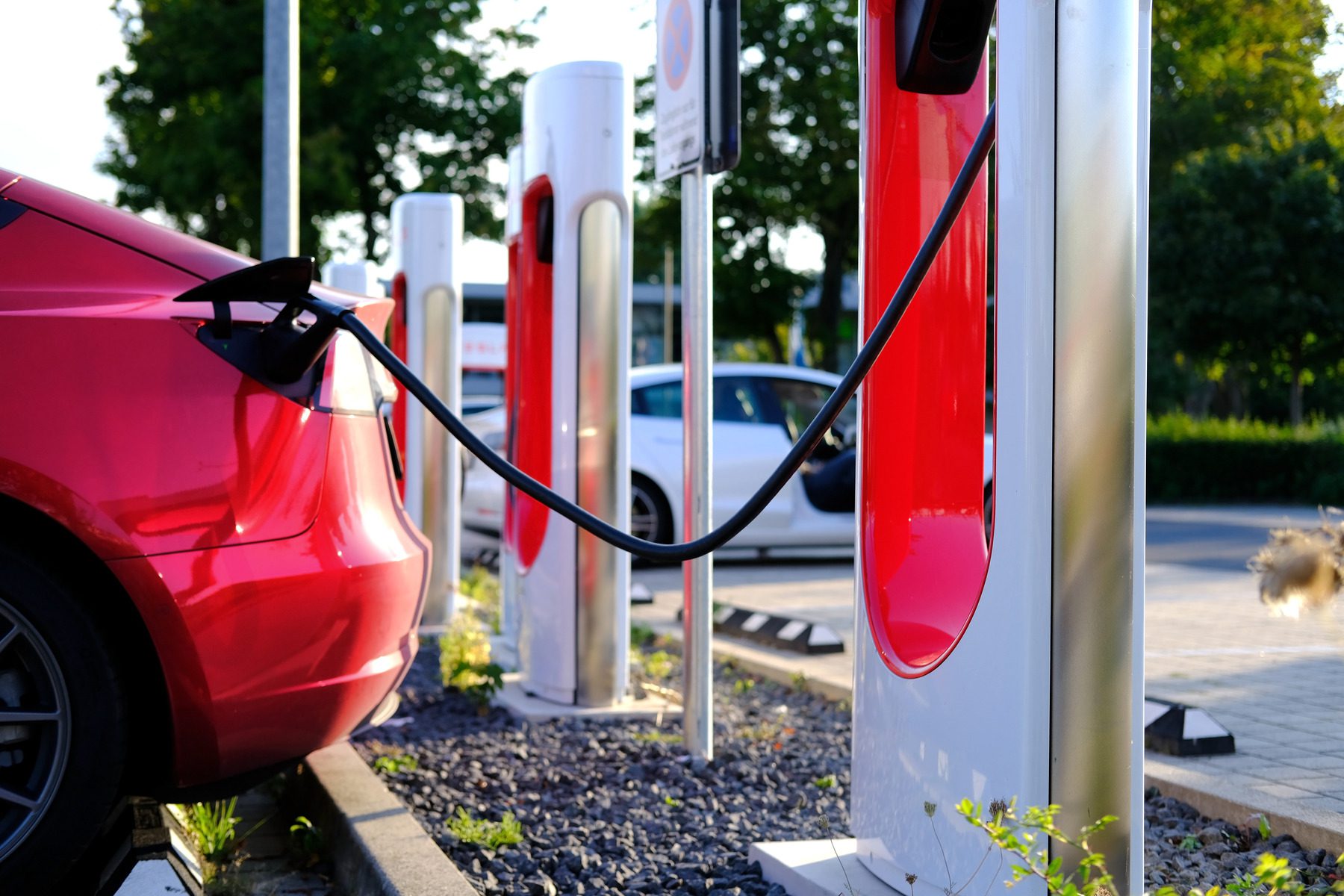
Can EV batteries be recycled? One would think recycling EV batteries—the rechargeable batteries that power electric vehicles (EVs)—would be a straightforward process. After all, on the one hand, batteries are bought, used, and then recycled by the millions each year. On the other, how a particular battery is recycled depends on what type of battery it is.
Understanding EV Battery Regulations
There are many different kinds of batteries on the market designed to meet the power and performance requirements of many different applications. Each is manufactured differently with different mixtures of chemical elements—the kind of chemical elements that can pose a threat to human health or the environment if not properly managed. Each of these different battery types requires a different protocol to properly recycle or dispose of it.
Such is the case with EV batteries, except that the current recycling processes for EV batteries are lagging behind the technology producing them. As it turns out, EV batteries are not designed to be recycled. Whether intentional or not, therein lies the rub. Despite the environmental benefits of using electric vehicles as an alternative to CO2-emitting fossil-fueled vehicles, ironically, the e-waste produced by lithium-ion EV batteries alone, with the current recycling technology, is an ecological time bomb set to explode.
Here’s why: by the end of 2030, it is estimated that there will be at least 150 million electric vehicles (EV) on the roads worldwide. However, within the next decade, more than 12 million tons of lithium-ion batteries laden with hazardous and harmful materials are expected to reach the end of their service life with no way to efficiently recycle the material from the batteries.
How can this be? Not to be confused with your typical car battery—the kind that can be recycled efficiently—electric vehicles consist of battery packs that store and supply energy through an electrochemical reaction that powers the electric motor in the vehicle. For starters, these batteries are not small. One of the smallest batteries is for the Nissan Leaf, a compact five-door hatchback that weighs 668 pounds. However, a typical EV battery for an average-sized sedan weighs around 1,000 pounds, with larger model vehicles weighing up to a ton—2,000 pounds—and some even approaching 4,000 pounds. In other words, EV batteries are huge and cannot simply be tossed in a landfill.
Types of EV Batteries
Besides the size and weight, there are, principally, four different types of batteries used to power EVs—lithium-ion, nickel-metal hydride, lead-acid, and ultracapacitors. Each type of battery used in an EV has its own unique characteristics and advantages that differ in chemistry, capability, and construction and require their own set of procedures to establish an efficient recycling system.
The size aside, the composition of EV batteries is another issue. Like any battery, the materials and chemical elements used to make EV batteries present a hazard to both human health and the environment that must be managed. Made with potentially toxic materials—metals like copper, cobalt, nickel, and lead, and organic chemicals, such as toxic and flammable lithium electrolytes—the batteries cannot be left to degrade in a landfill. The release of toxic gases into the air and substances into the water table presents too much of a hazard.
Added to the dilemma are the many challenges of physically recycling RV batteries. Disassembling and separating the components in them for recycling can be a complex and energy-intensive process, with no simplified or streamlined solutions presently available. Individual battery cells are bonded together with a strong adhesive and are exceptionally difficult to separate. If they are cut or damaged during separation, EV batteries are prone to combust or even explode. Thus, improper handling of these substances during recycling can not only lead to pollution but also pose risks to workers.
Much of the focus is on the most common type of battery used in electric vehicles, the car’s lithium-ion battery. Lithium-ion batteries are preferred for their relatively high energy density, which allows them to store a large amount of energy. This is crucial for electric vehicles as it helps optimize their range and overall performance. Unfortunately, the production of lithium-ion batteries also requires certain rare and environmentally impactful materials, such as aforementioned lithium, cobalt, and nickel.
It’s not that lithium-ion batteries are just subject to degradation, their service life is unpredictable, too. The battery shelf life ranges from 10 to 20 years in moderate climates and even less in hotter climates. Factors like temperature, depth of discharge, and charging/discharging rates can contribute to battery degradation, which can affect the overall lifespan of the battery and its capacity to hold a charge.
EV Battery Recycling Laws in Maine
Finally, though there is a law in Maine that establishes a system for the proper collection, transportation, and processing of rechargeable batteries, the language of the law only covers rechargeable batteries made of nickel-cadmium or sealed lead-acid. The law was not written in a time of lithium-ion batteries. Expect one to be forthcoming. Like any battery, degraded EV batteries will require proper hazardous waste transportation, treatment, recycling, or disposal to protect people and the environment.
Contact the Hazardous Waste Experts at MLI Environmental
If you or your company own and operate EVs, then a time will come when the vehicle’s battery will need to be properly recycled and disposed of. MLI Environmental is aware of the many efforts underway to address the many challenges involving recycling EV batteries. We follow the ongoing research and development, which is focused on improving the efficiency, safety, and cost-effectiveness of recycling EV batteries. For more information on recycling EV batteries, contact MLI today.
